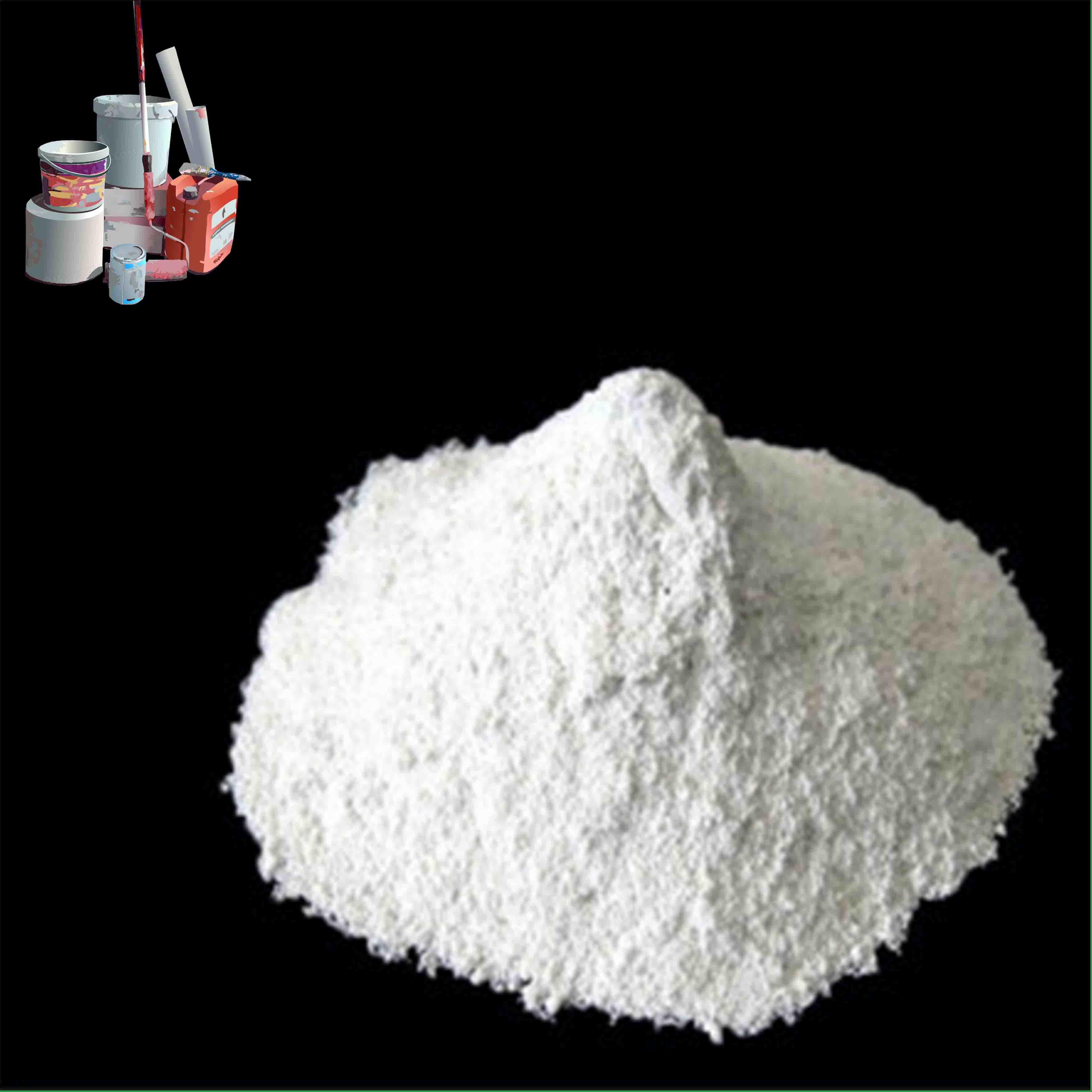
Dec . 20, 2024 03:34 Back to list
Titanium Dioxide Enhanced Concrete Manufacturing Solutions for Modern Construction Needs
The Rise of TiO2 Concrete Factories Paving the Way for Sustainable Construction
In recent years, the construction industry has experienced a paradigm shift, with increasing awareness about environmental sustainability and the need for reducing carbon footprints. One of the most promising advancements in this regard is the use of titanium dioxide (TiO2) in concrete manufacturing. TiO2 concrete factories are emerging as a solution to enhance the durability, efficiency, and sustainability of concrete, making them a crucial player in the race towards greener construction.
What is TiO2?
Titanium dioxide is a white, opaque mineral primarily used as a pigment in various products, including paints, coatings, and plastics. However, its potential in the construction sector, particularly concrete manufacturing, is garnering attention. TiO2 possesses photocatalytic properties that enable it to decompose organic pollutants in the presence of light. This unique characteristic allows concrete to not only remain aesthetically appealing but also contribute to purifying the surrounding environment.
The Functionality of TiO2 in Concrete
TiO2 can be incorporated into concrete in various forms, such as nanoparticles or as a coating on concrete surfaces. The primary benefit of integrating TiO2 into concrete is its ability to break down harmful nitrogen oxides (NOx) and volatile organic compounds (VOCs) that are prevalent in urban environments. When sunlight shines on TiO2-infused concrete, it catalyzes a reaction that converts these harmful pollutants into harmless substances. This process can significantly improve air quality in densely populated areas, making TiO2 concrete an eco-friendly choice for urban construction.
Moreover, TiO2-enhanced concrete exhibits superior self-cleaning properties. The photocatalytic effect allows dirt, grime, and other surface contaminants to break down and wash away with rainwater, resulting in lower maintenance costs and prolonged aesthetic appeal. Consequently, infrastructure such as bridges, buildings, and pavements can remain pristine for longer periods, attracting the interest of city planners and architects alike.
The Economic Implications
tio2 concrete factory

Setting up a TiO2 concrete factory involves significant initial investment, particularly for acquiring advanced technology and R&D facilities. However, the long-term economic benefits can outweigh these costs. With increasing regulations and a societal push for sustainable building materials, companies that adopt TiO2 technology may find themselves at a competitive advantage. By leveraging the superior properties of TiO2, manufacturers can produce a distinctive product that appeals to environmentally conscious consumers.
Furthermore, the durability of TiO2-infused concrete means that structures require less frequent repairs and replacements, leading to cost savings over time. As cities continue to grow and the demand for construction materials increases, TiO2 concrete emerges as a viable solution that aligns with both economic and ecological goals.
Challenges and Future Prospects
Despite its promising benefits, the widespread adoption of TiO2 concrete faces several challenges. The cost of titanium dioxide and the complexity involved in the manufacturing process can deter some companies. Additionally, there is ongoing research needed to explore the optimal formulations for different climatic conditions and durability standards.
However, the future looks bright for TiO2 concrete factories. As technological advancements continue and the construction industry moves towards sustainability, the integration of innovative materials like TiO2 is likely to become more mainstream. Governments and environmental agencies are increasingly prioritizing sustainable construction practices, which could lead to incentives for manufacturers who embrace TiO2 technologies.
Conclusion
TiO2 concrete factories represent a transformative shift in the construction industry, merging innovation with sustainability. The ability to purify air, enhance aesthetic longevity, and reduce maintenance costs positions TiO2 concrete as a frontrunner in the quest for greener building materials. As urbanization continues to surge, the demand for sustainable solutions will only grow. By investing in TiO2 technology, the construction industry can make significant strides in creating a healthier, more sustainable future for generations to come, proving that the path to successful construction lies in embracing environmental responsibility.
-
Premium 6618 Titanium Dioxide for GPT-4 Turbo Applications
NewsJul.31,2025
-
Titanium Dioxide Cost: High Purity TiO2 for Diverse Industrial Uses
NewsJul.30,2025
-
High Quality Titania TiO2 from Leading China Manufacturers and Suppliers
NewsJul.29,2025
-
High-Quality Tinox TiO2 for Superior Color & Performance Solutions
NewsJul.29,2025
-
High Quality Titania TiO2 from Leading China Supplier & Manufacturer
NewsJul.29,2025
-
High-Performance r6618 TiO2 for Superior Whitening and Versatility
NewsJul.28,2025
